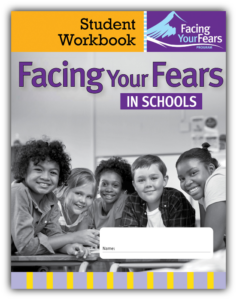 For students with autism or other social/learning needs, school can present a wide range of anxiety triggers. Today we’re excited to introduce a new school-based program that helps these students face and manage their fears—and paves the way for greater success in the classroom and beyond. Authors Judy Reaven, Ph.D., and Audrey Blakeley-Smith, Ph.D., are here to answer some questions about Facing Your Fears in Schools, their effective, evidence-based cognitive-behavioral therapy (CBT) program designed for use with students ages 8–14.
For students with autism or other social/learning needs, school can present a wide range of anxiety triggers. Today we’re excited to introduce a new school-based program that helps these students face and manage their fears—and paves the way for greater success in the classroom and beyond. Authors Judy Reaven, Ph.D., and Audrey Blakeley-Smith, Ph.D., are here to answer some questions about Facing Your Fears in Schools, their effective, evidence-based cognitive-behavioral therapy (CBT) program designed for use with students ages 8–14.
First, can you tell us what inspired you to develop Facing Your Fears in Schools? Why is a program like this so needed right now?
There is a mental health crisis in our country right now, and anxiety is perhaps the most common mental health condition that children experience. Autistic youth are at high risk for developing anxiety symptoms that interfere with daily functioning, but accessing evidence-based mental health supports in community settings can be quite difficult, particularly for youth from historically underserved communities.
Delivering an evidence-based intervention program in schools to students with autism or other social/learning differences and anxiety can help increase access to care for many youth, helping to address the mental health needs of our students. A program like Facing Your Fears in Schools that can be delivered by both mental health and non-mental health providers can help increase capacity to support autistic students to best manage their anxiety.
Facing Your Fears in Schools is a cognitive-behavioral therapy program. Why is CBT an especially good fit for students with autism and other social and learning difficulties?
To begin with, CBT is considered the gold standard or best practice approach to managing anxiety in children and adults. A number of studies over the past 10-15 years have documented the benefits of modifying CBT for autistic youth with much success, so developing a school-based program based on CBT was particularly important. The core components of CBT are a good fit for students with autism or other learning needs, because of the concrete and straightforward nature of the content. Facing Your Fears in Schools includes much visual support, clear directions, multiple choice lists, and hands-on activities to make CBT content accessible to different kinds of learners.
Can you talk a little about the evidence base behind FYF? What did your studies show about the effectiveness of this program?
The efficacy and effectiveness of the original clinic-based FYF program was examined via several different intervention trials, including a randomized trial and multi-site trial (Reaven et al. 2009; 2012; 2018). The results indicated that participating youth demonstrated significant decreases in anxiety, according to clinician, parent, and youth report. The initial school-based version of FYF was piloted in Singapore (Drmic et al. 2017) and demonstrated that non-mental health providers could deliver FYF to autistic students in school, and significant reductions in anxiety were reported for participating students.
Following the Singapore trial, our group received a HRSA grant to more completely develop the school-based version of FYF, as well as to allow for a pilot feasibility trial in Colorado, and a cluster randomized controlled design trial. Results of all these studies have indicated that reductions in anxiety have occurred for students according to parent and student report following participation in the program.
We are continuing to study Facing Your Fears in Schools and have recently received funding from PCORI to further examine the effectiveness of Facing Your Fears in Schools by comparing this program to another school-based program. The study runs from April 1, 2023–March 31, 2026 and involves elementary and middle schools in Colorado and North Carolina.
What kind of time and resource commitment does Facing Your Fears in Schools require? Who conducts it, and about how long do the sessions take?
Facing Your Fears in Schools can be completed in 12 lessons (40 minutes), or 24 lessons (20 minutes). There are also adaptations for middle school students and for individual, rather than group, delivery with students. Schools can deliver the program as part of a student’s Individualized Education Plan (IEP) minutes provided that the IEP goals align with FYF-SB goals of supporting anxiety management and emotion regulation.
The program is designed to be delivered by a range of interdisciplinary school providers, including special educators, speech-language pathologists, occupational or physical therapists, and mental health professionals such as school psychologists, social workers, or counselors. Given that this is a program for anxiety and emotion regulation, we encourage a mental health professional to be included as a group facilitator or to serve as a consultant to the group. At least two school providers would be needed to facilitate a group for 4–5 students.
How do school teams go about identifying which students could benefit from your program?
Students with autism or with other social communication differences and anxiety may benefit from Facing Your Fears. Students in special education as well as general education could benefit; however, it may be easier to deliver the program to students with IEPs as part of IEP minutes. Common IEP educational designations may include Autism, Learning Disability, Language Disorder, Serious Emotional Disability, Other Health Impairment, and Developmental Delay.
To assess for the presence of interfering anxiety, school teams can use a range of anxiety scales. One such instrument is the Screen for Child Anxiety Related Disorders (SCARED, Birmaher, 1997) which is free, downloadable, and translated into many languages. It includes a child self-report and parent report. However, a range of other rating scales could be used, such as the Emotion Dysregulation Inventory (Mazefsky et al. 2018), the Multidimensions Anxiety Scale, Second Edition (MASC 2, March, 2021) The School Anxiety Scale (Lyneham et al. 2008), and the Strengths and Difficulties Questionnaire (SDQ; Goodman et al. 2000).
Keeping parents and caregivers engaged and involved is a key factor in helping students make progress. How does Facing Your Fears in Schools support family participation so the benefits transfer to the child’s home life?
Facing Your Fears in Schools includes caregivers in several different ways. The first opportunity is through a caregiver meeting (60 minutes) at the start of the program. This can be completed either in person or via a virtual platform. It provides caregivers with an overview of Facing Your Fears in Schools through a PowerPoint and program summary. The second opportunity for caregiver involvement is through weekly session summary sheets that can be emailed or printed and sent home. The third opportunity is in the second half of the program with program materials that can be shared electronically, via a brief video. Our experience has been that caregivers value the chance to support their students’ management of anxiety at home and appreciate the opportunity to collaborate with school teams.
Every family wants to see their child succeed in school, both academically and socially. How can participation in your program make that goal a reality for families and their children?
Anxiety can get in the way of students’ abilities to optimize their academic and social abilities. Facing Your Fears in Schools is designed to support students’ emotion regulation and anxiety management, which can then have positive impacts on school engagement.
In addition, the program includes graded exposure (facing fears a little at a time), which allows students to select specific fears that are getting in their way at school. Through graded exposure, we have seen students successfully face social fears and improve their ability to engage at school (e.g., participate in school projects, raise their hand in class), manage fearful sensory experiences (e.g., toilets flushing, fire alarms), and advocate for themselves (e.g., ask for help, handle teasing). It will likely take coordinated home/school communication to see changes across environments.
Facing Your Fears in Schools will be available in May 2024! Preorder your copy of this innovative program at the link below, and make an important investment in your students’ social and academic success.
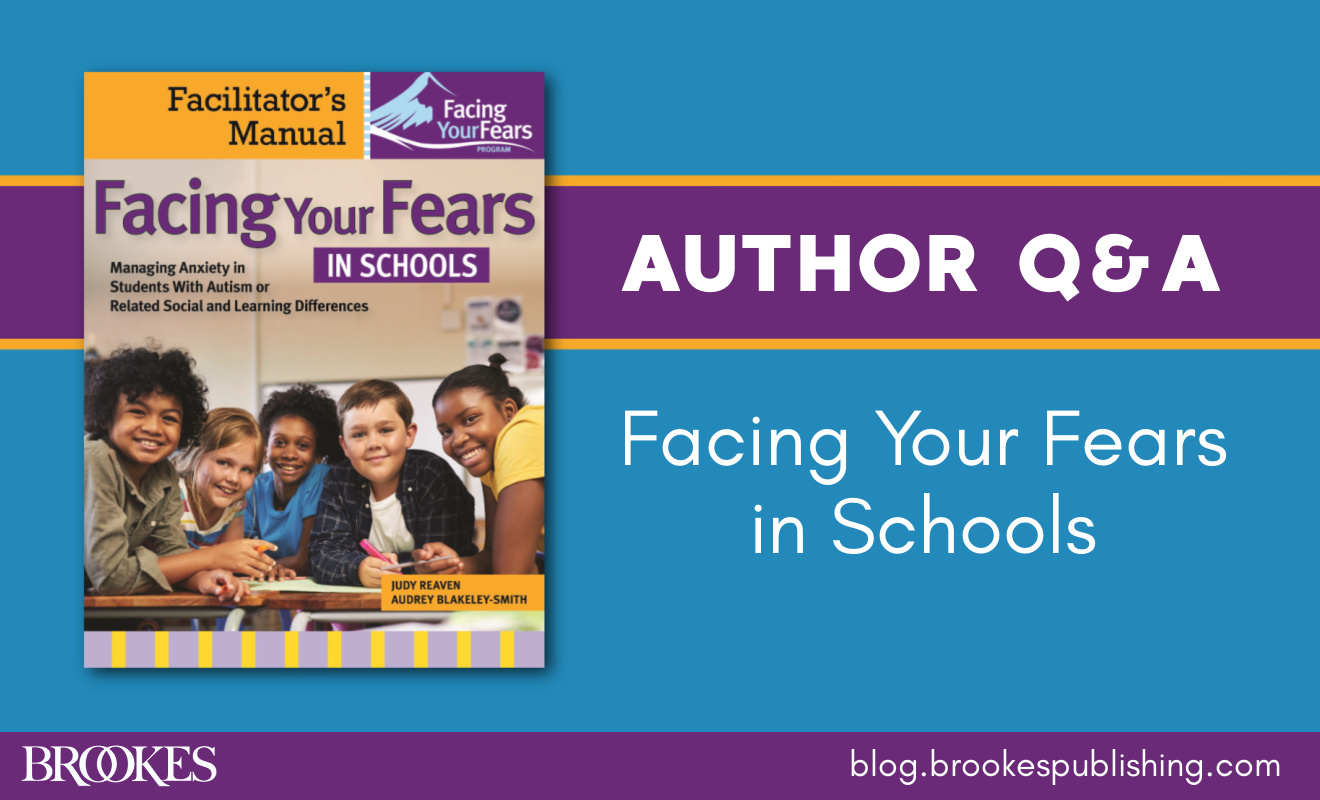
Facing Your Fears in Schools
Managing Anxiety in Students With Autism or Related Social and Learning Difficulties
By Judy Reaven, Ph.D., & Audrey Blakeley-Smith, Ph.D.
“I’m thrilled to see an evidence-based treatment for anxious autistic kids that can be delivered by school personnel. And it’s short enough to fit into a school’s busy schedule! This program works and it is easy to use.” —Laura Anthony, Ph.D., University of Colorado, co-author of Unstuck and On Target!
Stay up to date on the latest posts, news, strategies, and more!
Sign up for one of our FREE newslettersMore posts like this
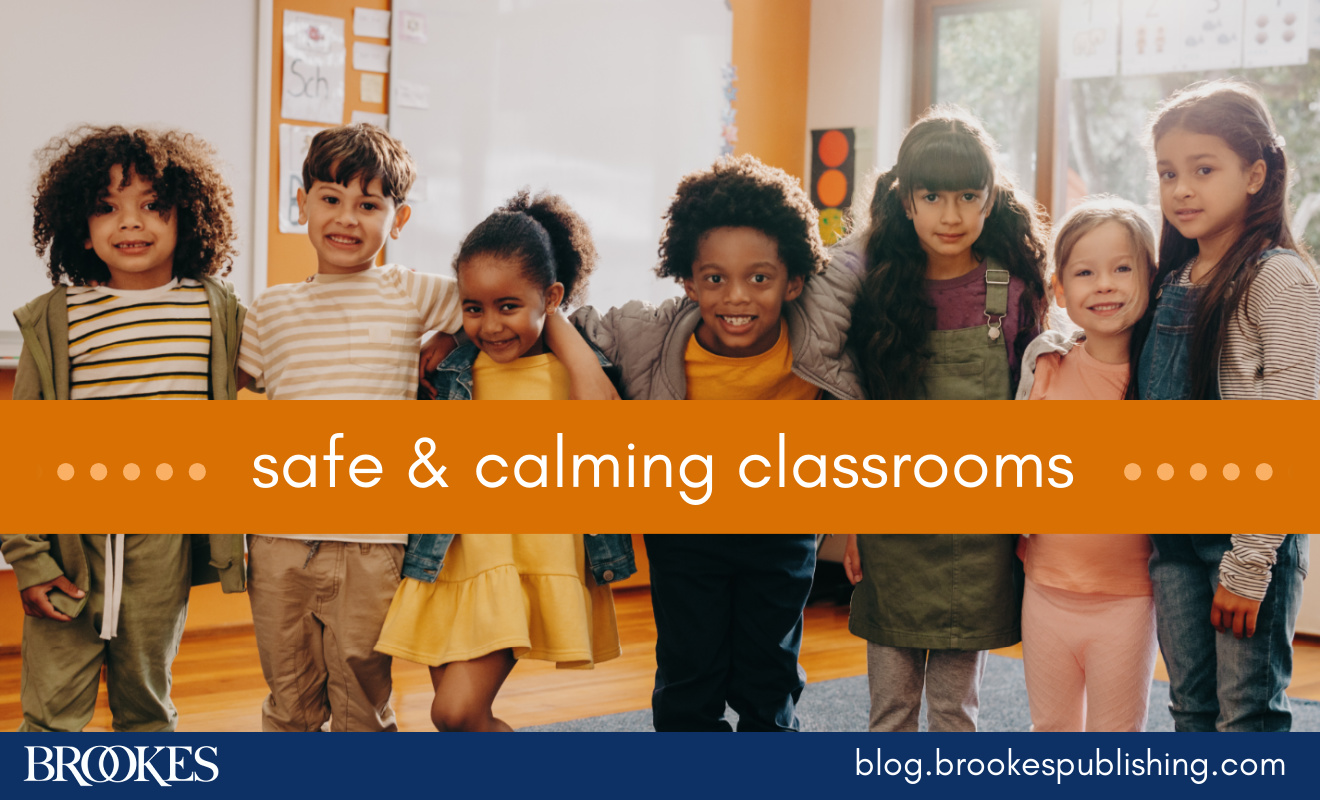
7 Things Teachers Can Do to Create a Safe, Calming Classroom
January 30, 2024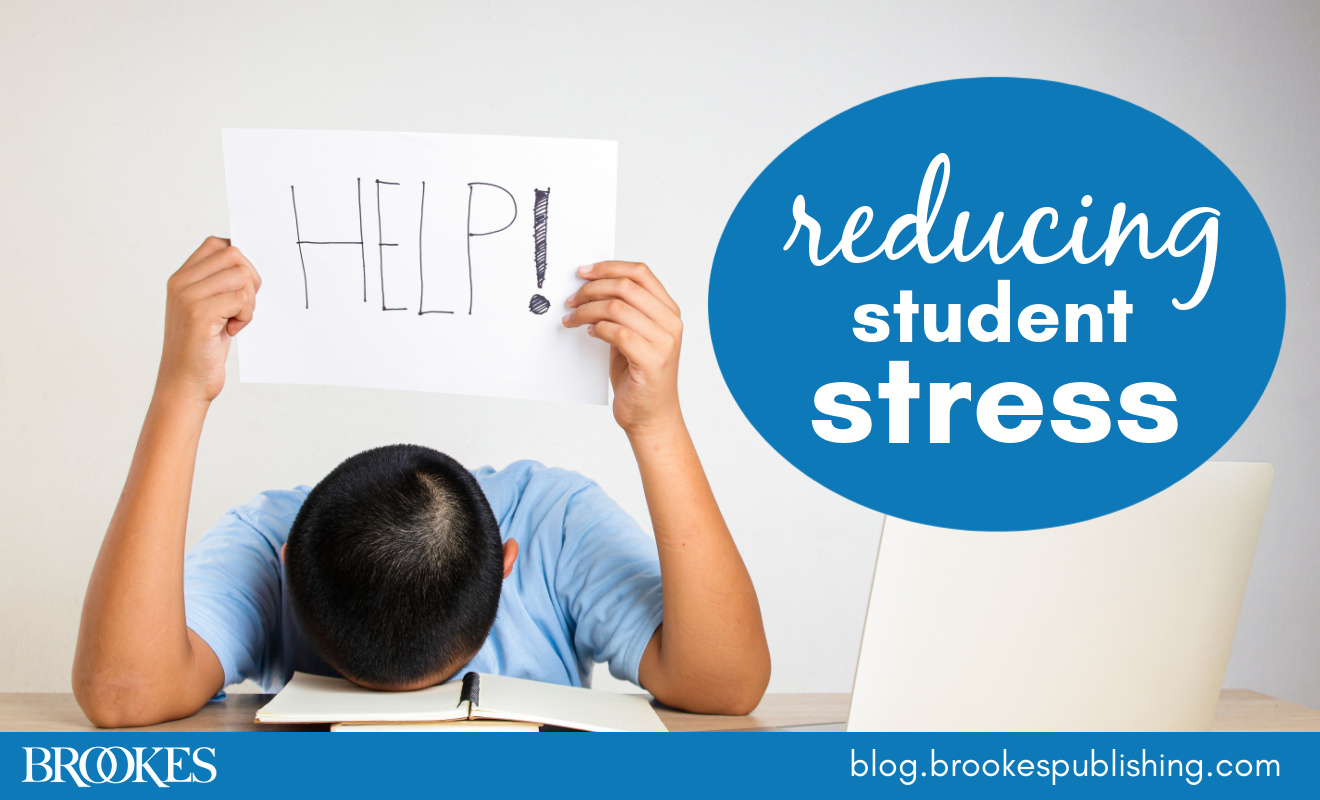
4 Strategies for Reducing Student Stress
March 21, 2023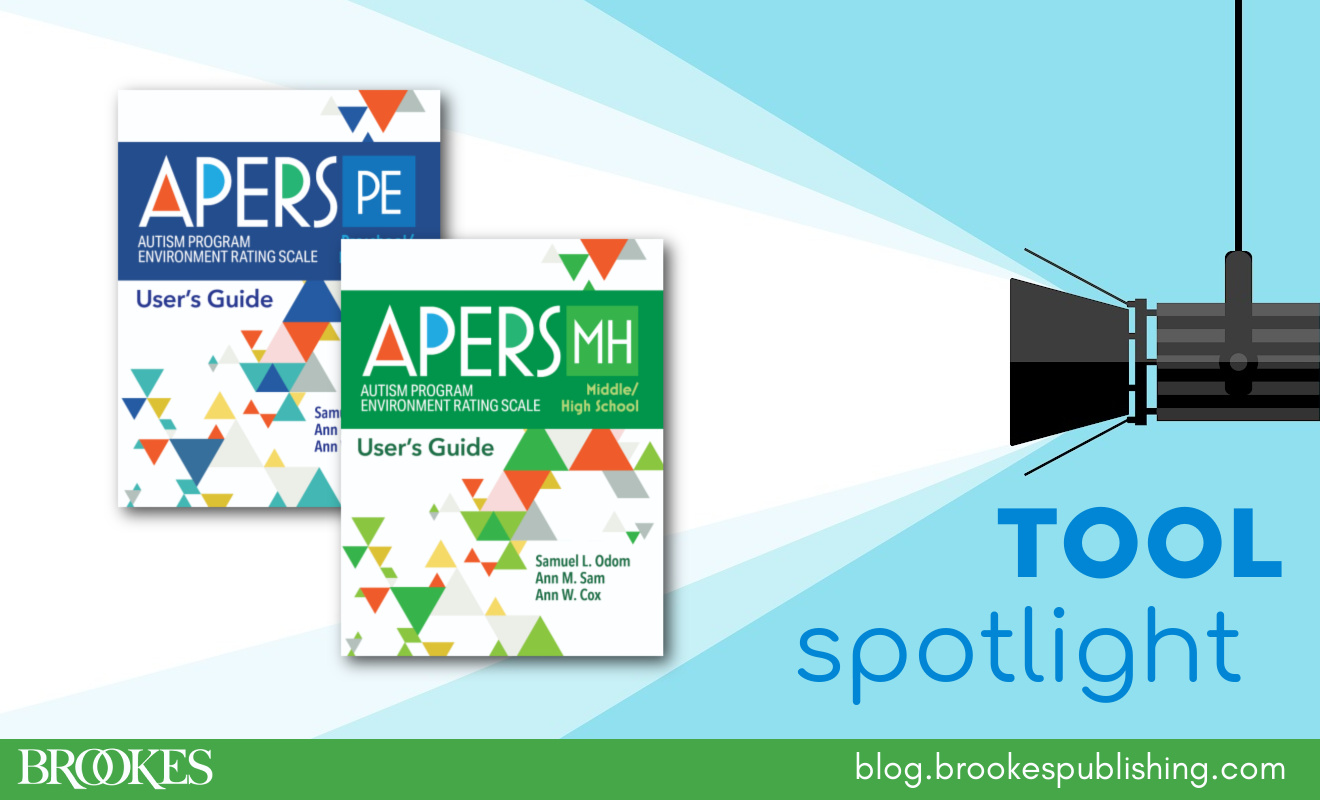

Write a Comment
Your email address will not be published. Required fields are marked *
Post a Comment